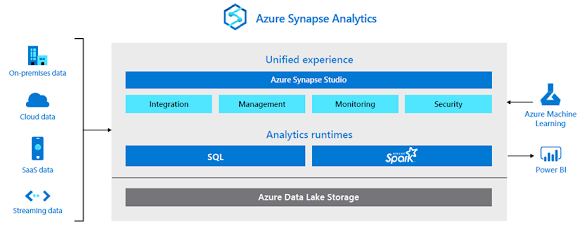SharePoint based intranet - things you need to know
Having a solid information architecture (IA) is an important prerequisite for realizing a well-maintained and well-performing intranet. Good IA helps people find what they need and accomplish the tasks they want to complete – in a way that makes sense to them. A great IA helps improve user adoption, satisfaction, and productivity, reduce IT cost, reduce information overload, and minimize governance compliance and bad information risk.
Great IA takes good planning. It requires knowledge of the
domain or content, understanding the user and user experiences, and awareness
of approaches and best practices in Microsoft SharePoint. An important best
practice is providing a consistent experience for everyone.
Many people complain that going from site to site across
their organization’s intranet feels disjointed. Each site looks different from
the other with similar types of information scattered in different places.
While it’s great to allow site owners flexibility, without some basic design
principles and guidelines that can be applied consistently, the impact is
costly and time consuming – for both site owners and visitors.
The best way to ensure a positive experience for site owners
and visitors is to establish design patterns for your intranet sites and use
site designs and templates to ensure that the patterns are applied consistently
on all sites.
Below, we will dive into the following areas + resources throughout:
- Ensure consistency across all sites throughout your intranet scripting
- Organizing with hubs that can organize themselves
- Utilizing Microsoft Teams templates
- Manage who can create Microsoft 365 Groups
When people in your organization create new SharePoint sites, you want to ensure a level of consistency across all sites or sets of sites. For example, you may need consistent:
- Branding, theming for look and feel
- Library or list configurations to help people achieve more and ensure metadata alignment
- Functionality by configuring settings, features, extensions, and solutions
- You may also have detailed site provisioning scripts, such as using example designs from the SharePoint Look Book, that can be applied each time a new site is created.
Site designs and site scripts allow you to quickly and
consistently create sites that incorporate your organization’s preferred design
patterns and governance. This allows site owners to focus on quality content
instead of page layout and ensures that site visitors can quickly find what
they need. Hubs extend the ability to create optimal experiences by allowing
you to create families of related sites that work in concert to improve user
experiences with shared navigation, scoped search, consistent designs and
connected content.
As a
Microsoft Gold certified partner and certified O365 consultants, we have
extensive experience in delivering Office 365 based solutions. For more
information, please contact us from enquiries@prometix.com.au


Comments
Post a Comment